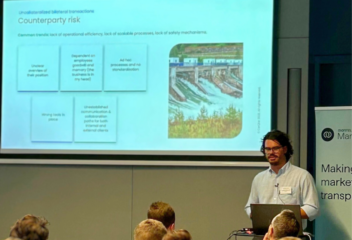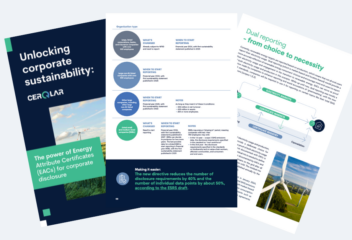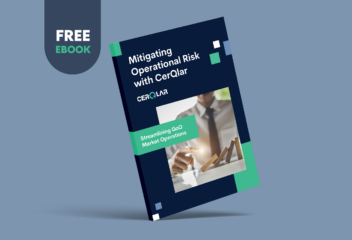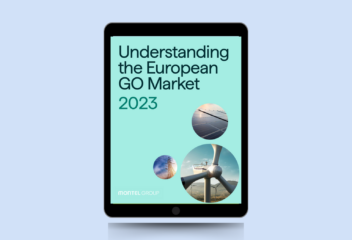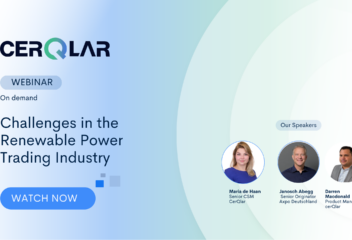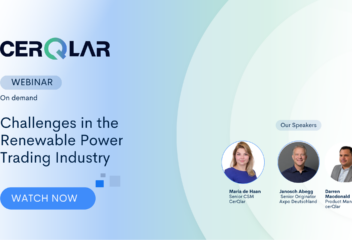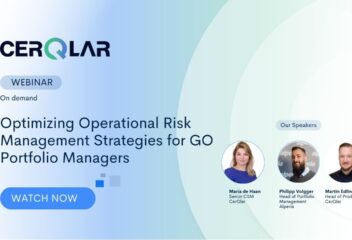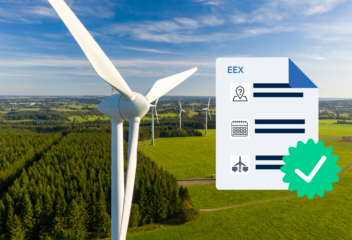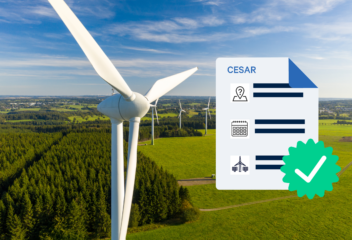What is a renewable obligation certificate?
In 2000, the UK government passed a Utilities Act giving the Secretary of State the authority to demand power suppliers supply a minimum percentage of their total power sales in the UK from power sourced from renewable resources. Each year the Secretary of State releases an order detailing the obligation for the coming year. This document, known as the Renewables Obligation (RO), is designed to encourage the use and production of renewable energy in the UK. But implementing this law required a way for producers to prove the origin of their energy. Once power has been added to the grid, it’s impossible to trace its original source, so ROCs were developed.
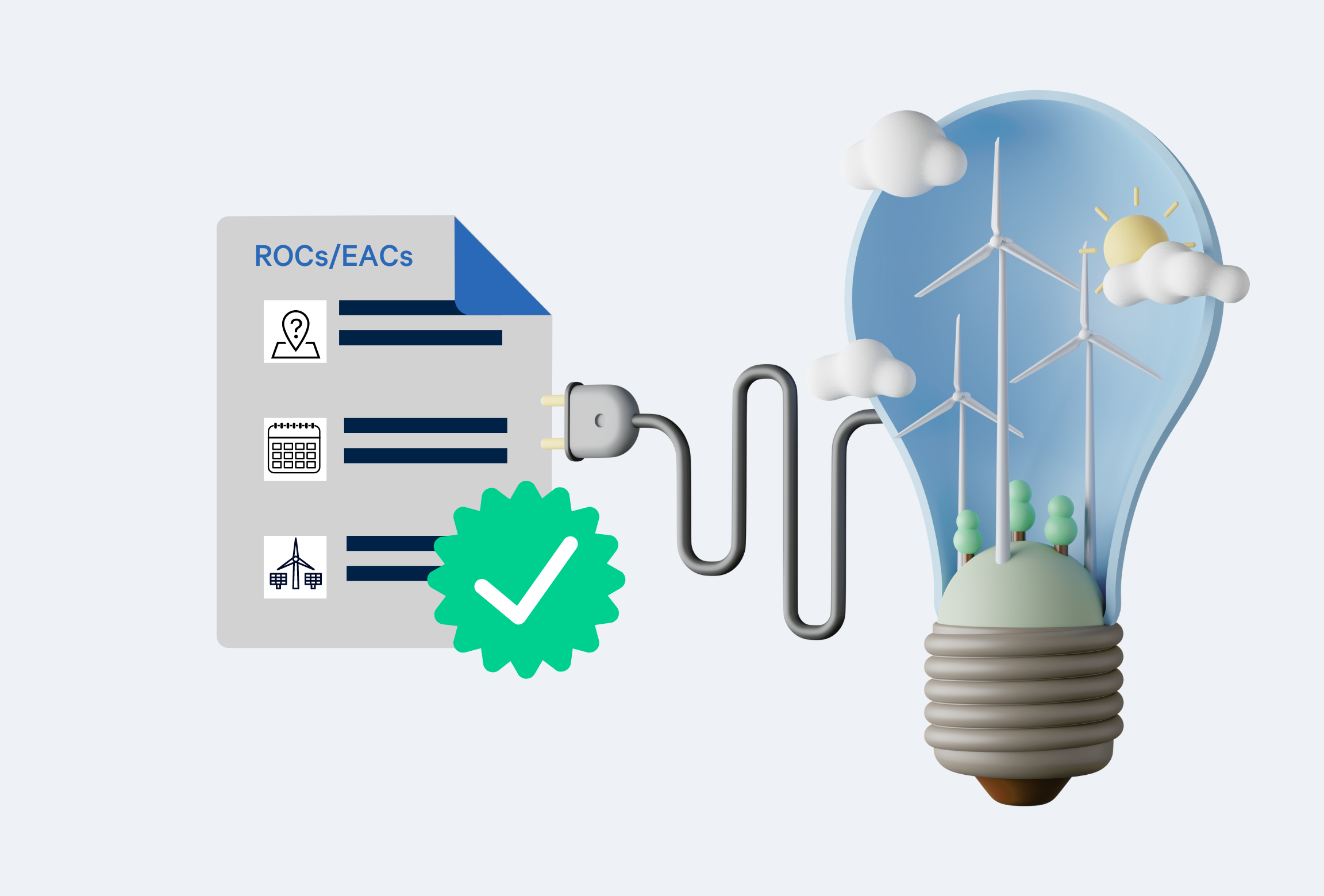
What are ROCs?
ROCs (renewable obligation certificates) are EACs (energy attribute certificates) or green certificates issued to generators that produce and supply renewable energy. These certificates prove the origin of the power they represent and are highly sought after by licensed power suppliers throughout the UK as a way of meeting their RO requirements. Failure to acquire enough ROCs to meet obligations requires suppliers to pay a fine known as the ‘buyout price.’
Renewable energy generators are issued ROCs by Great Britain’s Ofgem (Office of Gas and Electricity Markets) before the power is purchased by suppliers. Each ROC represents approximately 1MWh (megawatt hour) of renewable energy (this can vary based on origin, for example, offshore wind installations receive 2 ROCs per MWh), and the number of ROC certificates available in the market depends on how much renewable energy is produced. Various factors can influence this number, such as milder winters, overcast weather, or the like. The number of available certificates will also impact the prices of ROCs within the renewable energy market.
ROCs are issued into Ofgem’s ROC register along with an electronic certificate which also transfers when the power is sold to a supplier or trader.
Ofgem’s role in the ROC lifecycle
Ofgem plays an active role in the ROC market from the beginning of each certificate’s lifecycle to its end.
Its functions include:
- Accrediting power stations as being certified to produce electricity from eligible renewable resources
- Issuing and, when necessary, revoking ROCs
- Establishing and maintaining the ROC register
- Monitoring compliance with RO requirements
- Calculating the annual buyout or fine for companies that fail to meet requirements
- Publishing an annual report on the effectiveness of and compliance with RO requirements
The ROC market
ROCs were designed to create a market and be traded at market prices. These prices may vary from the official buy-out price based on supply and demand. For example, if there is extra renewable energy produced beyond what would be required to meet supplier obligations, the price of ROCs would drop below the official buy-out price. On the other hand (and more likely), if less renewable energy is produced, the price of ROCs would increase.
In 2021/2022, the RO demanded 114 million ROCs from suppliers in Great Britain. As the requirement increased, the demand for renewable energy, in conjunction with ROCs, has grown. This has helped the ROC trade market develop into a strong economic power and join the growing number of renewable energy certificate trade markets around the globe, such as GoOs in Europe or RECs in the US and Canada.
The ROC market has strengthened as green energy demand has increased, and the market is growing quickly and exponentially.
The benefits of ROCs
ROCs give suppliers a way to prove that they meet RO obligations without generating the power themselves. Acquiring ROs is environmentally equivalent to generating renewable energy, and the power represented by the certificates can be claimed as green energy. Additionally, through the free market surrounding them, ROCs have created a renewable energy economy with many lucrative opportunities for investors and traders who want to participate.
The market has the benefit of experiencing massive growth and rising demand without becoming oversaturated, as ROCs have become valuable but finite resources. This creates plenty of opportunities for market participants, both veteran and new, to join the market and participate in trading at any scale.
Market growth and its challenges
While the ROC market’s growth is mostly beneficial, it has been challenging for market participants to keep up with its rapidly-expanding scope. Like the GO market in Europe, the ROC market has grown exponentially in a very short timeframe, meaning traders have had to scale their activities to meet market expansion, but there hasn’t been enough time for a supportive infrastructure to develop organically. Supportive infrastructure includes technological tools and solutions specifically designed to meet the needs of the environmental workflow, increasing trade efficiency and making it possible for traders to keep up with market growth and needs.
Without this support, market participants have relied on manual, general solutions such as spreadsheets, which have limited capabilities and don’t provide the tools needed for the environmental trade workflow. In addition, managing operations manually is possible on a small scale, but as the market grows, it becomes more challenging to manage larger and more complex trades without falling prey to human error. An automation solution like CerQlar can help manage these challenges and streamline the environmental workflow.




